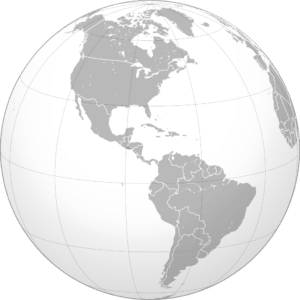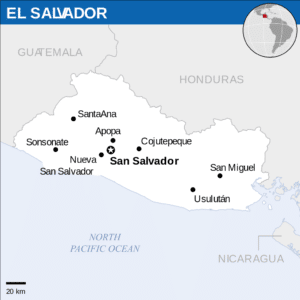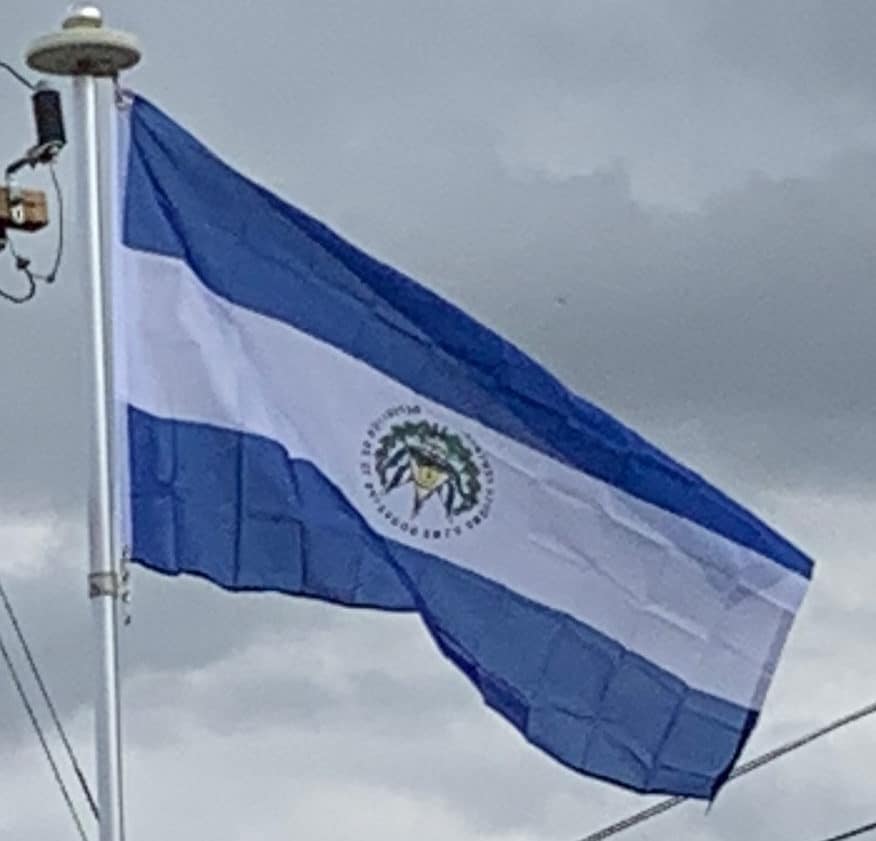Introduction:
El Salvador, officially the Republic of El Salvador, is the smallest and the most densely populated country in Central America. It is bordered on the northeast by Honduras, on the northwest by Guatemala, and on the south by the Pacific Ocean. El Salvador’s capital and largest city is San Salvador. As of 2018, the country had a population of approximately 6.42 million.

El Salvador was for centuries inhabited by several Mesoamerican nations, especially the Cuzcatlecs, as well as the Lenca and Maya. In the early 16th century, the Spanish Empire conquered the territory, incorporating it into the Viceroyalty of New Spain ruled from Mexico City. However the Viceroyalty of Mexico had little or no influence in the daily affairs of the Central American isthmus, which would be colonized in 1524. In 1609 the area became the Captaincy General of Guatemala, from which El Salvador was part of until its independence from Spain, which took place in 1821, as part of the First Mexican Empire, then further seceded, as part of the Federal Republic of Central America, in 1823. When the Republic dissolved in 1841, El Salvador became a sovereign nation, then formed a short-lived union with Honduras and Nicaragua called the Greater Republic of Central America, which lasted from 1895 to 1898.
From the late 19th to the mid-20th century, El Salvador endured chronic political and economic instability characterized by coups, revolts, and a succession of authoritarian rulers. Persistent socioeconomic inequality and civil unrest culminated in the devastating Salvadoran Civil War (1979–1992), which was fought between the military-led government and a coalition of left-wing guerrilla groups. The conflict ended with the Chapultepec Peace Accords. This negotiated settlement established a multiparty constitutional republic, which remains in place to this day.
El Salvador’s economy has historically been dominated by agriculture, beginning with the indigo plant, the most important crop during the colonial period, and followed thereafter by coffee, which by the early 20th century accounted for 90 percent of export earnings. El Salvador has since reduced its dependence on coffee and embarked on diversifying the economy by opening up trade and financial links and expanding the manufacturing sector. The colón, the official currency of El Salvador since 1892, was replaced by the U.S. dollar in 2001.

El Salvador ranks 16th among Latin American countries in terms of the Human Development Index and fourth in Central America (behind Panama, Costa Rica, and Guatemala) due in part to ongoing rapid industrialization. However, the country continues to struggle with high rates of poverty, inequality, and gang-related violent crime.
Etymology:
Conquistador Pedro de Alvarado named the new province for Jesus Christ – El Salvador (“The Savior”).
The full name was “Provincia De Nuestro Señor Jesus Cristo, El Salvador Del Mundo” (“Province of our Lord Jesus Christ, the Savior of the World”), which was subsequently abbreviated to “El Salvador” (The Savior).
History:
Pre-Columbian:
Sophisticated civilization in El Salvador dates to its settlement by the indigenous Lenca people; theirs was the first and the oldest indigenous civilization to settle in El Salvador. The Lenca were succeeded by the Olmecs, who eventually also disappeared, leaving their monumental architecture in the form of the pyramids still extant in western El Salvador. The Maya arrived and settled in place of the Olmecs, but their numbers were greatly diminished when the Ilopango supervolcano eruption caused a massive Mayan exodus out of what is now El Salvador.
